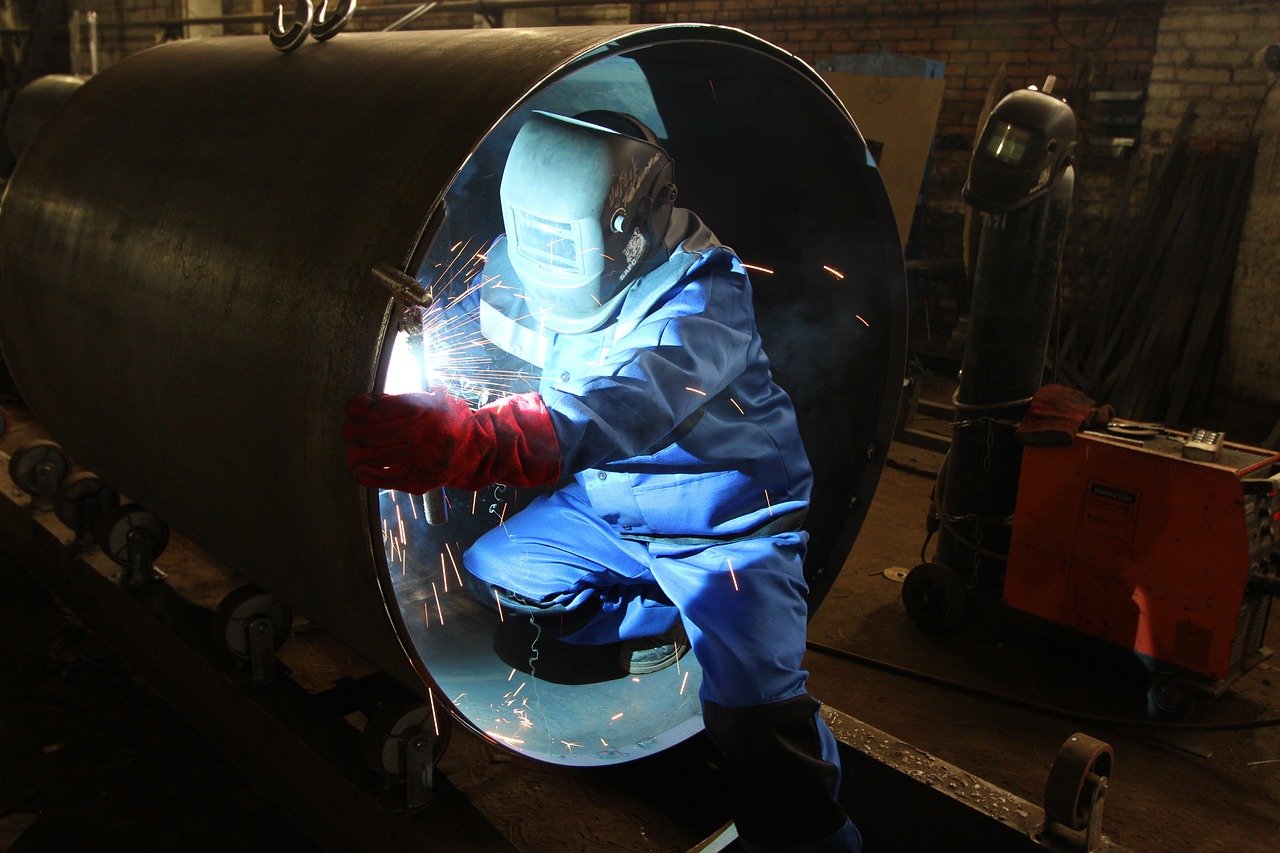TIG Welding for Flawless Seam Quality: Forge Lasting Bonds
10 May 2024
Forge lasting bonds in various industries with TIG welding by Sharp Welding and Crane Hire. Discover the flawless seam quality achieved with the said process.
Tungsten Inert Gas or TIG welding is renowned for its ability to produce flawless seam quality, making it a preferred choice in industries where precision and aesthetics are paramount. From automotive and aerospace to food and beverage manufacturing, this type of welding helps join metal components with unparalleled precision and cleanliness. Know more about the intricacies of TIG welding and explore its process, benefits, and applications across various industries.
The TIG Welding Process
TIG welding is a welding process that uses a non-consumable tungsten electrode to create the weld. The weld area is protected from atmospheric contamination by an inert shielding gas. This type of welding does not require a filler material, although one can be used if needed. The heat generated by the electric arc melts the base metal and the filler rod if a filler material is used. It then creates a pool of molten metal that solidifies to form a strong, durable bond.
TIG Welding: Key Benefits
When conducting TIG welding, industries can expect to gain a lot of benefits.
• Flawless Seam Quality: TIG welding produces clean, precise welds with minimal spatter and distortion, resulting in flawless seam quality ideal for applications where aesthetics is important.
• Superior Control: TIG welding also offers unmatched control over welding, allowing operators to adjust heat input, arc length, and travel speed with precision, ensuring consistent results.
• No Flux Required: Unlike some other welding processes, TIG welding does not require the use of flux, eliminating the need for post-weld cleaning and reducing the risk of contamination.
• Minimal Heat Affected Zone (HAZ): TIG welding produces a narrow heat-affected zone, minimising the risk of distortion and metallurgical changes in the base metal, particularly important for heat-sensitive materials.
• Versatility: TIG welding can likewise be used to weld a wide range of metals and alloys, including stainless steel, aluminium, copper, and titanium, making it a versatile solution for many applications.
Applications of TIG Welding
TIG welding finds applications across numerous industries. They include the following.
• Automotive: TIG welding is commonly used in the automotive industry for joining thin sheet metal panels, exhaust systems, and chassis components.
• Electronics: TIG welding is also used in electronics manufacturing for joining delicate components and assemblies with precision and control, ensuring reliable connections without damaging sensitive and intricate materials.
• Aerospace: In aerospace applications, TIG welding is used to join lightweight materials such as aluminium and titanium, ensuring the integrity of critical components in aircraft and spacecraft.
• Food and Beverage: TIG welding is preferred in food and beverage manufacturing for its cleanliness and sanitary properties, which makes it suitable for welding stainless steel components in processing equipment.
TIG welding, which is offered by Sharp Welding and Crane Hire, is a versatile and precise welding process that is capable of producing flawless seam quality in various industries. With its superior control, cleanliness, and versatility, TIG welding offers numerous advantages for joining metal components with precision and reliability. Whether in automotive, aerospace, food and beverage, or electronics manufacturing, TIG welding is essential for forging lasting bonds and achieving exceptional quality in welded assemblies.
Optimized by Netwizard SEO
